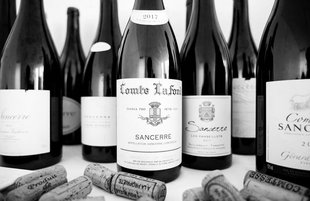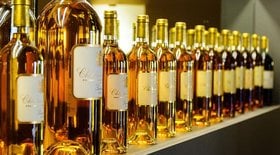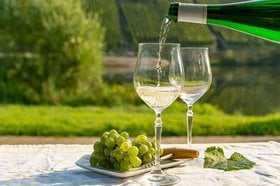Sancerre: Wine Region, Styles, 10 Best Bottles To Buy (2025)
Located in the magnificent Loire Valley wine region, the famous Sancerre wine appellation is well-known for aromatic, crisp Sancerre Blanc wines made from Sauvignon Blanc.
This region also produces extraordinary wines like Sancerre Rouge and Rosé wine from the Pinot Noir grape variety.
What does Sancerre wine taste like? Which Sancerre bottles should you try?
Let’s go over the history of Sancerre wine, the wine region, winemaking, styles, taste and food pairings, and the top 10 Sancerre wines to buy in 2024. You’ll also discover an easy way to invest in fine wines.
Further reading
- Want to invest in the finest wines from around the globe? Here’s everything you need to know about Investing In Wine.
- If you love light, refreshing wines, check out these remarkable Asti Spumante and Moscato bottles.
A Quick Intro To The Sancerre Appellation

The Sancerre appellation is located in the eastern part of the Loire Valley, situated about 300 miles from Muscadet - the largest white wine appellation of France.
A major portion of the Sancerre appellation lies on the left bank of the Loire River. Its main competitor - the Pouilly-Fumé wine region - is located right across the Loire river.
Sancerre’s popularity comes from its white wine, which is produced entirely from the region’s dominant grape varietal - the Sauvignon Blanc grape.
About a quarter of the Sancerre region comprises the Pinot Noir grape - which is used for producing red wine varieties like the Sancerre Rouge and the Sancerre Rosé wine.
Beyond the Sancerre region, major appellations like Pouilly-Fumé, Touraine, and Côteaux du Giennois also produce Sauvignon Blanc wines in the Loire Valley.
A Brief History Of Sancerre

The Sancerre wine region was most likely first cultivated by the Romans in the 1st century AD.
This Loire Valley wine region was also linked to the Duchy of Burgundy (ancient Kingdom of Burgundians) in the 9th century - which might have introduced the Pinot Noir grape in the area.
Being an administrative center, Sancerre wine started gaining popularity in the nearby cities of Orléans and Bourges. The construction of the railway from Paris further ensured healthy markets for the region’s Pinot Noir and Gamay wines.
By the late 19th century, phylloxera destroyed almost every vineyard of the wine region. While some Pinot Noir vines were retained, most Gamay vines were lost.
By 1893, the vineyard plots were replanted with Sauvignon Blanc grafted onto American rootstocks. This grape varietal was more responsive than any other vine.
After World War II, the Paris bistro scene recognized Sancerre wine as an easy-drinking beverage - like Beaujolais.
In 1936, white Sancerre received its AOC appellation classification, and the region’s red wine varieties received the same classification in 1959.
Towards the late 1970s and 1980s, Sancerre gained a reputation as an elegant and food-friendly white wine.
What makes Sancerre one of the best French wine regions?
The Splendid Sancerre Wine Region

Sancerre’s popularity comes from the wonderful Sauvignon Blanc and Pinot Noir grapes grown in its Loire Valley vineyards.
The steep, sloping hills of the Sancerre AOC provide the Sauvignon Blanc grape with abundant sunlight and warmth. They also promote good drainage, minimizing the damage of heavy rainfall.
The region experiences a cool continental climate with cold winters and warm summers - perfect for growing crisp and acidic Sauvignon Blanc grape.
In addition, the grapes also benefit from the rich soils of the Sancerre appellation. This region has three main soil types:
- Limestone soils (Caillottes): Limestone soil is found in the village of Chavignol. It grows grapes that produce light-bodied wines of a balanced floral flavor and delicate perfumes.
- Terres blanches: The Terres blanches is a white Kimmeridgian marl (a mix of fossils and clay) soil found in the village of Bué. It produces grapes that make full-bodied, fruity flavored wines.
- Flint (Silex): This soil type is found in the Ménétréol sub-region. The grapes from this region produce wine with a smoky gunflint flavor and minerality that’s usually found in the Chablis white wine.
So, what are the winemaking practices employed by Sancerre’s best winemakers?
Viticulture And Winemaking Practices Of Sancerre
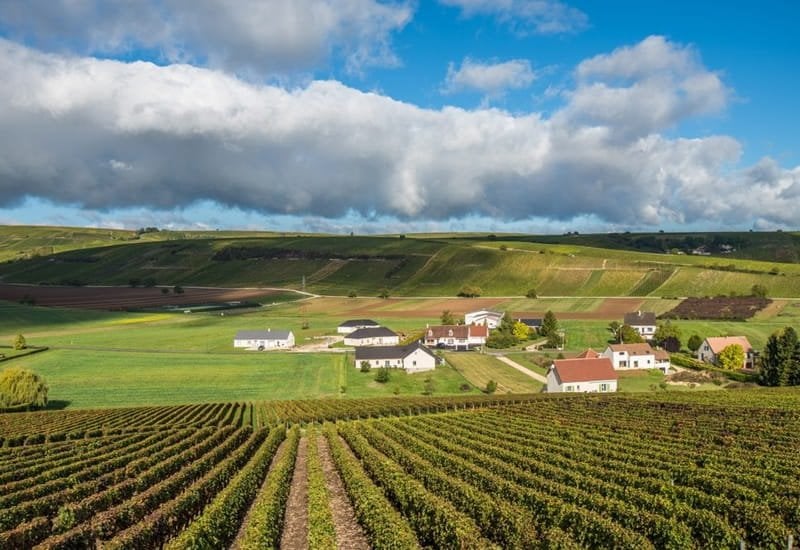
To grow high-quality grapes, the winemaker applies these two main vine training methods:
- Single Guyot: This training method involves arranging the vine horizontally with one cane along a trellis (support structure.) It exposes the leaves to the sun and helps make the grapes less vulnerable to springtime frost.
- Cordon: This method involves pruning the vine so that it may grow vertically as a single stem or branch. It allows for growing a useful amount of fruit even in a small, dry region - which is ideal since Sancerre’s growing season is relatively dry.
During vinification, a winemaker ferments the Sancerre wine with indigenous yeast inside a stainless steel tank and then ages it on fine lees.
Most Sancerre wines are produced with little oak influence and without malolactic fermentation. However, producers have been experimenting with malolactic fermentation to produce smooth, creamy wines.
Let’s now take a look at the spectacular wine styles of the Sancerre region.
The Extraordinary Sancerre Wine Styles
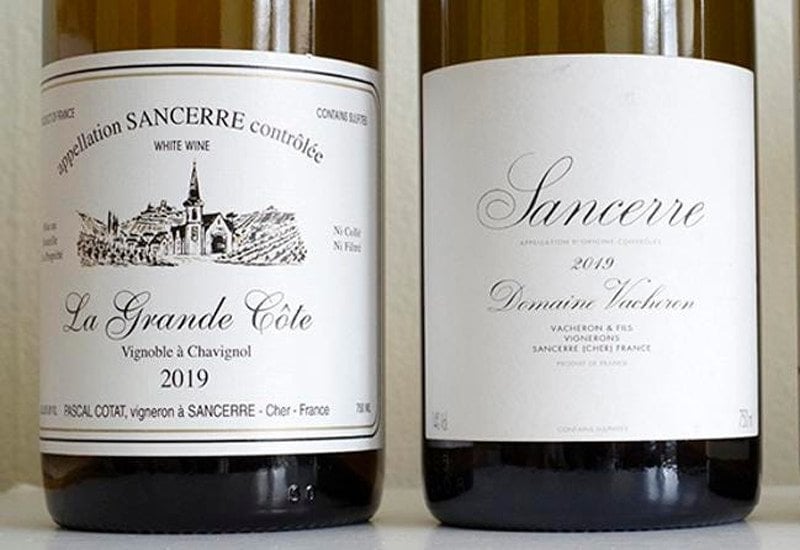
Sancerre wine styles vary depending on the winemaking technique deployed and the vineyard where the grapes are grown.
The main Sancerre wine styles include:
- Sancerre Blanc: The classic Sancerre Blanc is a dry and highly aromatic white wine made from Sauvignon Blanc grapes. It has an intense flavor of gooseberries and peaches.
- Sancerre Rouge: The red Sancerre Rouge is produced from the Pinot Noir grape and is light to medium-bodied with a floral aroma and delicate flavors.
- Sancerre Rosé: It is a dry, light-bodied red wine made from Pinot Noir and has notes of strawberries and raspberries.
How does Sancerre wine taste? What are the best dishes to pair with this wine?
Sancerre Wine Taste, Characteristics, And Food Pairings
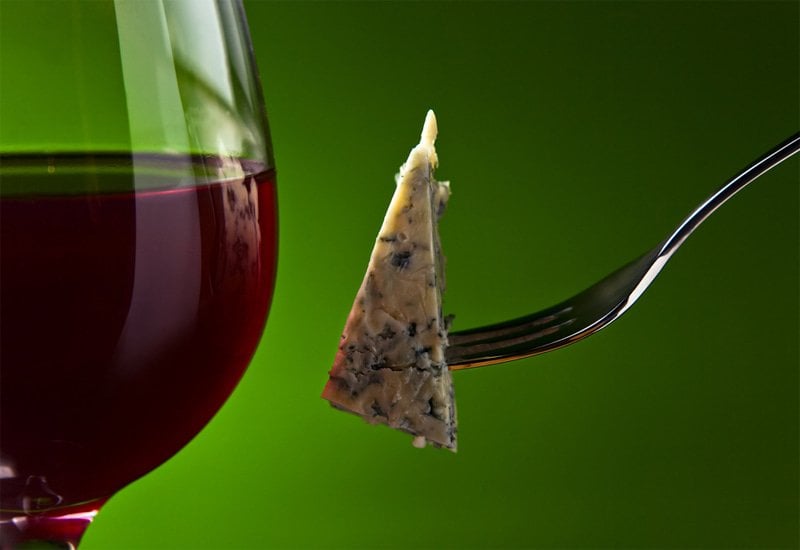
The typical Sancerre Sauvignon Blanc wine is dry and features aromas of stone fruit (apricot), lemon peel, white flowers, citrus fruit, freshly cut hay, limestone, and gooseberries.
Sancerre wines are usually medium-full to full-bodied and have a hint of stony minerality.
When it comes to food pairing, goat cheese is a brilliant option to pair with a Sancerre Sauvignon Blanc. You can also pair it with grilled trout, salmon, white meat, and pork chop.
Sancerre Vs Other Sauvignon Blanc Wines
White Sancerre is often compared to the local Pouilly-Fumé Sauvignon Blanc wines due to its high acidity and gunflint and citrus fruit notes.
However, Sancerre has a fuller body and is more vibrant and aromatic than a wine from a Pouilly-Fumé winery.
Globally, Sancerre Blanc tends to be less herbaceous and grassy than the Sauvignon Blancs of New Zealand and Italy. It’s more concentrated and has more racy acidity compared to French Sauvignon Blanc wines.
Also, Sancerre exhibits more assertive mineral flavors compared to Sauvignon Blancs from the USA, Chile, and South Africa.
Looking for the best Sancerre bottle to pair with goat cheese or your white meat dish?
10 Best Sancerre Wines To Buy In 2024 (Including Tasting Notes, Pricing)
Here are the top 10 Sancerre bottles that you definitely need to get your hands on:
1. 2002 Edmond Vatan Sancerre Clos la Neore, Loire, France
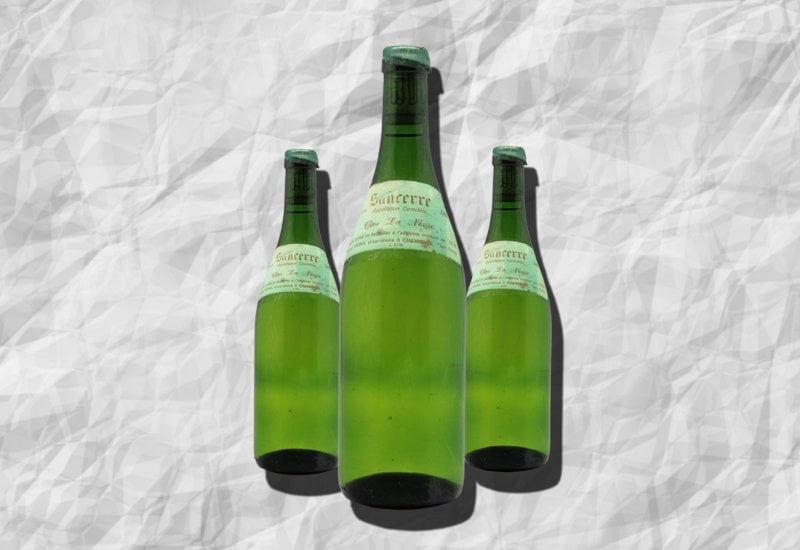
This wine offers aromas of white fruit, pineapple, citrus fruit, and aniseed. On the palate, it’s pure, perfectly balanced, and lingers well.Price of the 2002 Edmond Vatan Sancerre Clos la Neore, Loire, France: $463
2. 2010 Louis-Benjamin - Didier Dagueneau Sancerre 'Le Mont Damne', Loire, France
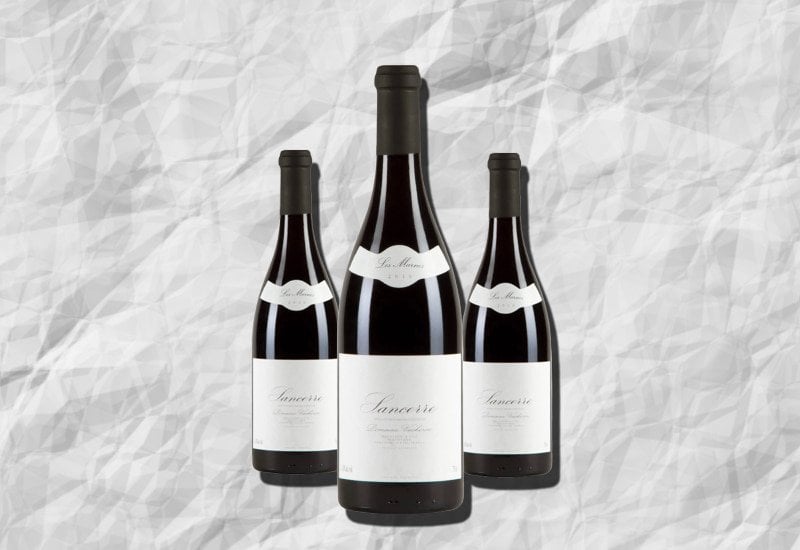
This white wine has notes of grapefruit, lime, citrus, and a chalky aroma that reflect the Kimmeridgian marl terroir.Price of the 2010 Louis-Benjamin - Didier Dagueneau Sancerre 'Le Mont Damne', Loire, France: $220
3. 2018 Domaine Vacheron Sancerre 'L'Enclos des Remparts', Loire, France
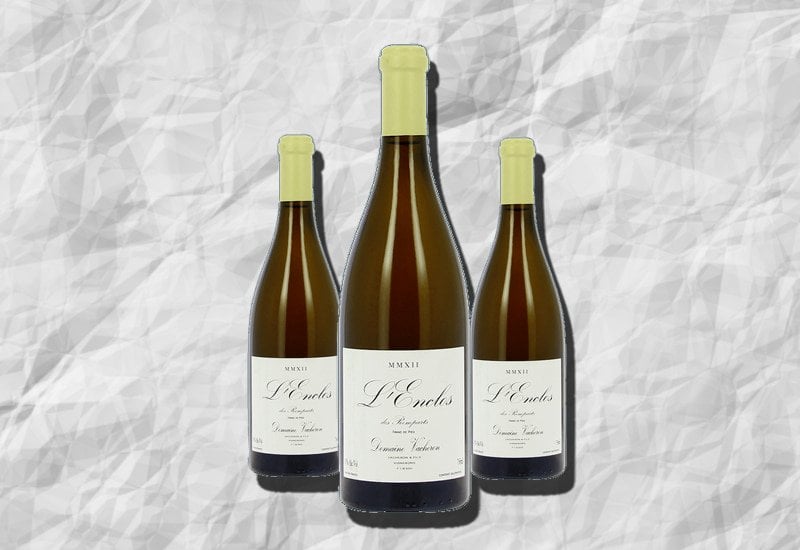
This white Sancerre wine has a pronounced citrus fruit and herbal character. It has aromas of pear, honeysuckle, oyster shell, and limestone notes that reflect its terroir.Price of the 2018 Domaine Vacheron Sancerre 'L'Enclos des Remparts', Loire, France: $187
4. 2012 Francois Cotat Sancerre Cuvee Paul, Loire, France

This Cabernet Sauvignon wine has gooseberry, pear, orange rind, limestone, and exotic fruit notes. It has a hint of stony minerality and provides a long finish.Price of the 2012 Francois Cotat Sancerre Cuvee Paul, Loire, France: $149
5. 2016 Vincent Gaudry Sancerre A Mi-Chemin, Loire, France

This Sancerre Sauvignon Blanc has fresh aromas of citrus fruit and grapefruit. It has crisp acidity, sharp minerality, and offers a long finish.Price of the 2016 Vincent Gaudry Sancerre A Mi-Chemin, Loire, France: $160
6. 2011 Henri Bourgeois Sancerre Jadis, Loire, France

During vinification, this Sancerre Cabernet Sauvignon is fermented in both stainless steel tanks and oak barrels. This gives the wine light lime cream, lemon, and bright citrus-zest fruit notes.Price of the 2011 Henri Bourgeois Sancerre Jadis, Loire, France: $122
7. 2000 Francois Cotat Sancerre La Grande Cote, Loire, France
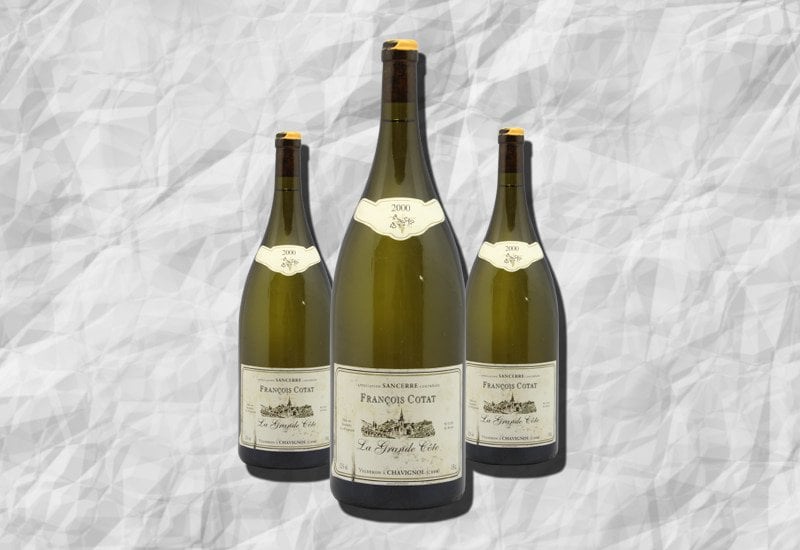
This is a dry wine with herbal, floral, limestone, and citrus fruit notes. It is medium-bodied, has crisp acidity, and offers a fairly long finish.
Price of the 2000 Francois Cotat Sancerre La Grande Cote, Loire, France: $174
8. 2008 Francois Cotat Sancerre Les Culs de Beaujeu, Loire, France
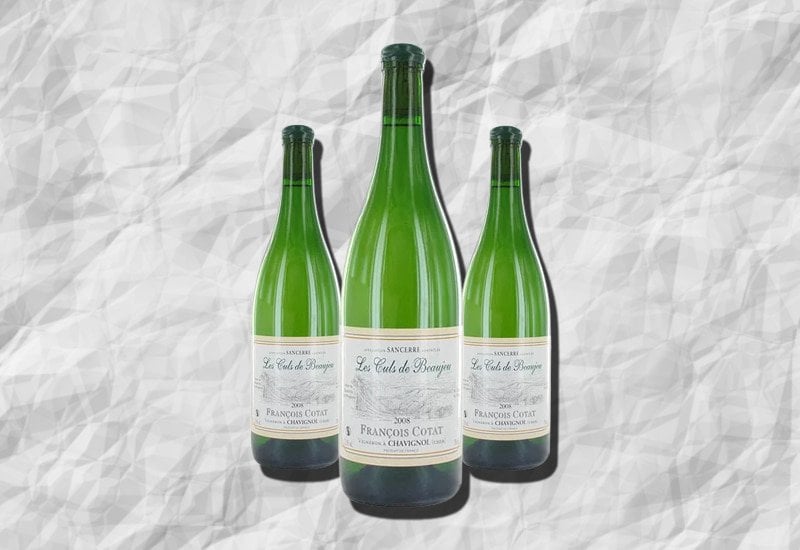
This Sancerre wine has chalky notes that reflect the Kimmeridgian marl terroir. It stands out with its smoky aroma, crisp acidity, and notes of gooseberry, grapefruit, pear, lemon, and exotic fruit.
Price of the 2008 Francois Cotat Sancerre Les Culs de Beaujeu, Loire, France: $115
9. 2010 Domaine Vacheron Sancerre Rouge 'Les Marnes', Loire, France

This red Sancerre Rouge has sharp minerality, aromas of red berries, cherries, plum, and notes of limestone soils.Price of the 2010 Domaine Vacheron Sancerre Rouge 'Les Marnes', Loire, France: $119
10. 2016 Alphonse Mellot Sancerre Generation XIX Rouge, Loire, France
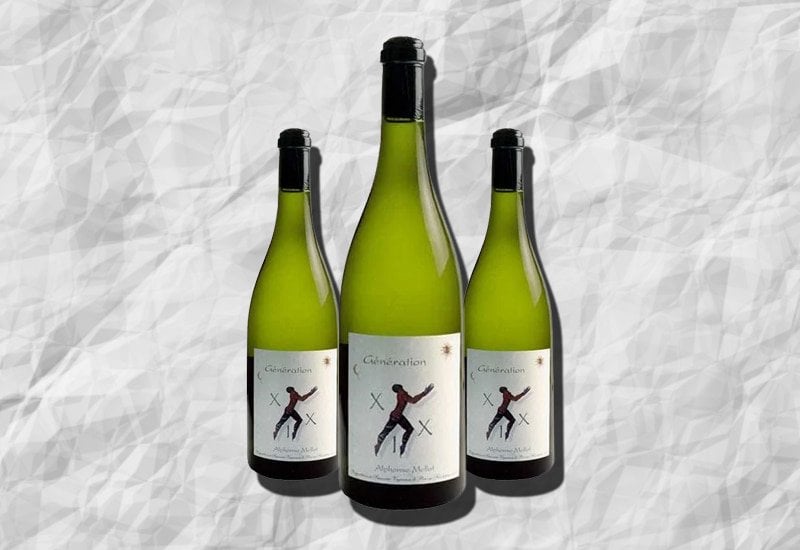
This red wine has notes of dark berries, plums, cassis, and ivy flowers. It’s a red Sancerre Rouge with crisp acidity and sharp minerality.Price of the 2016 Alphonse Mellot Sancerre Generation XIX Rouge, Loire, France: $128
Does Sancerre Wine Age Well and Is It Investment-Worthy?
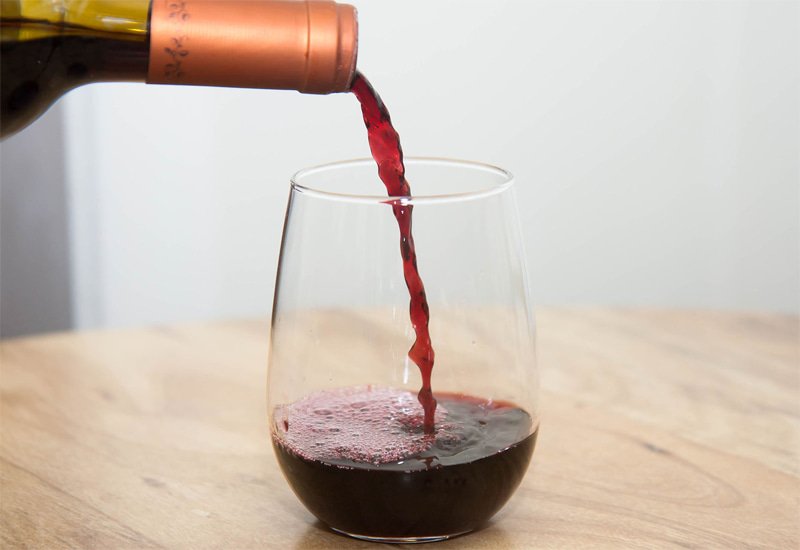
You can enjoy a bottle of Sancerre wine while it’s still fresh and young. However, you can also find premium, age-worthy Sancerre bottles with an aging potential of 10 to 15 years.
Also, Sancerre wine provides great value and shows good price appreciation. A bottle of Didier Dagueneau can sell for $100-$120 upon release, but its price could rise to $400-$430 as it approaches maturity.
So, some Sancerre wines could work brilliantly as investment wines.
Opt for the 2005, 2009, and 2014 Sancerre vintages if you want a worthy long-term investment.
And if you want other fine investment-worthy wines, you can check out a range of other options like Sassicaia wine, Chateau Latour, Brut Champagne, and many others.
But, how can you buy fine wines from a trusted merchant to avoid paying unreasonable prices or end up getting counterfeit bottles?
The easiest way to do this is by building a wine portfolio through a trusted wine investment company like Vinovest.
Here’s how.
Invest In Fine Wines Through Vinovest
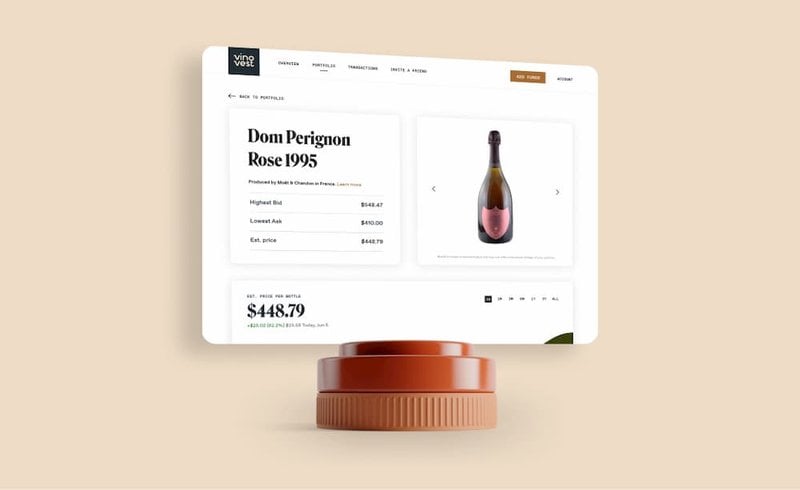
Vinovest is a leadingwine investment firm that helps you buy, store, and sell authenticated wine bottles from across the globe.
How Does It Work?
To get started, follow these easy steps:
- Sign up on Vinovest.
- Complete a small questionnaire to share your risk appetite and investment preferences.
- Fund your account with $1,000 or more.
- Start building your portfolio with the finest wines.
- Sip a Sancerre Sauvignon Blanc while you watch your portfolio grow!
Benefits
Here’s why it’s ideal to invest through Vinovest:
1. Excellent Prices
Vinovest sources fine wines directly from wineries, global wine auctions, and wine exchanges. This allows you to buy your fine wines at wholesale prices.
2. Convenient AI-Driven Platform
Vinovest’s Artificial Intelligence-driven platform makes it easy for you to buy and sell fine wines from across the globe.
3. Provenance And Transparency
Vinovest traces the provenance of your fine wine and guarantees its authenticity before you add it to your portfolio.
4. Curated And Monitored Portfolio
Using AI-driven investment models, Vinovest’s team of Master Sommeliers curates and monitors your portfolio.
5. Optimal Storage Conditions
Vinovest stores your Cabernet Franc, Chardonnay, Sauvignon Blanc, and any other fine wine in temperature-controlled warehouses with perfect humidity, light, and vibration levels.
6. Security And Comprehensive Insurance
Your stored wines are monitored using surveillance cameras. Besides, you don’t have to worry about theft - Vinovest gives you full insurance coverage for every fine wine bottle you purchase.
7. Low Costs
Vinovest charges you a minimal yearly fee of 2.5% (or 1.9% for a portfolio of $50,000+.) This covers portfolio management, wine storing, buying, selling, insurance, fraud detection, and more.
8. Easy Delivery
Vinovest easily delivers the fine wines in your portfolio to you or your buyer, whether you’re in Paris, New York, or anywhere in the world.
Sip A Glass Of Sancerre While Building Your Wine Portfolio
A glass of Sancerre wine pairs well with your favorite white meat dish or goat cheese. You can even find an age-worthy Sancerre bottle that you can cellar for a special occasion.
When it comes to investment, you could consider the best Sancerre wines like Didier Dagueneau, apart from other age-worthy alternatives like the Château Latour, Chateau Pontet Canet, and Cristal Champagne.
Sign up with Vinovest to start building your fine wine portfolio now.
